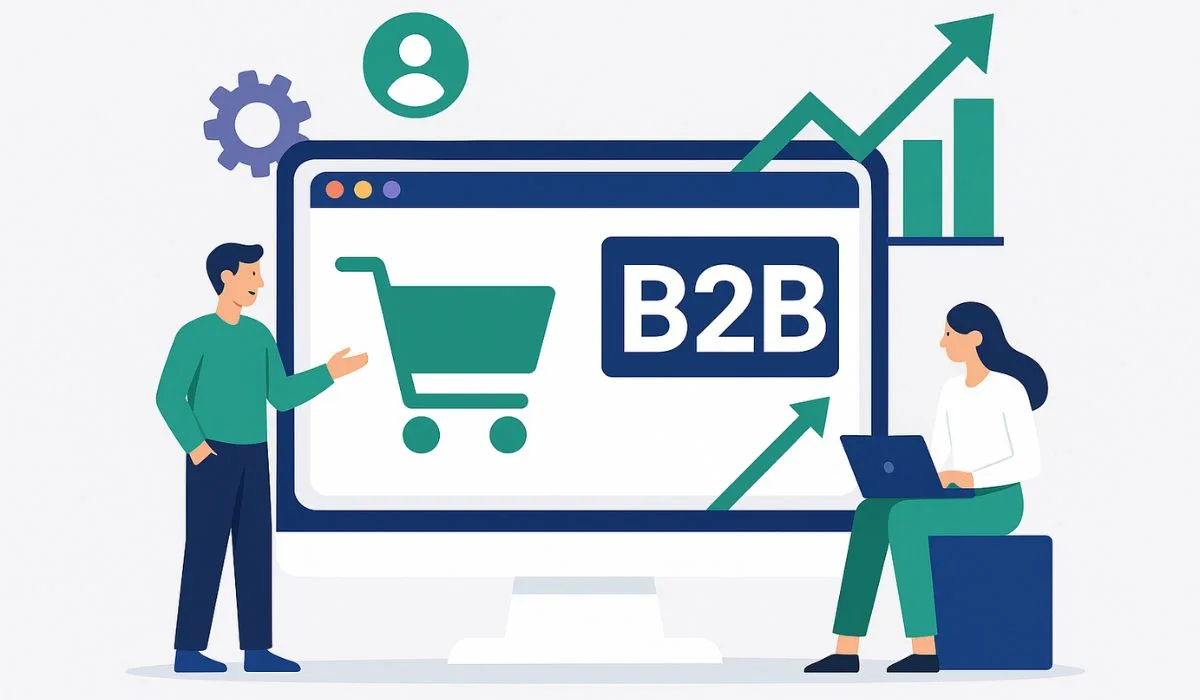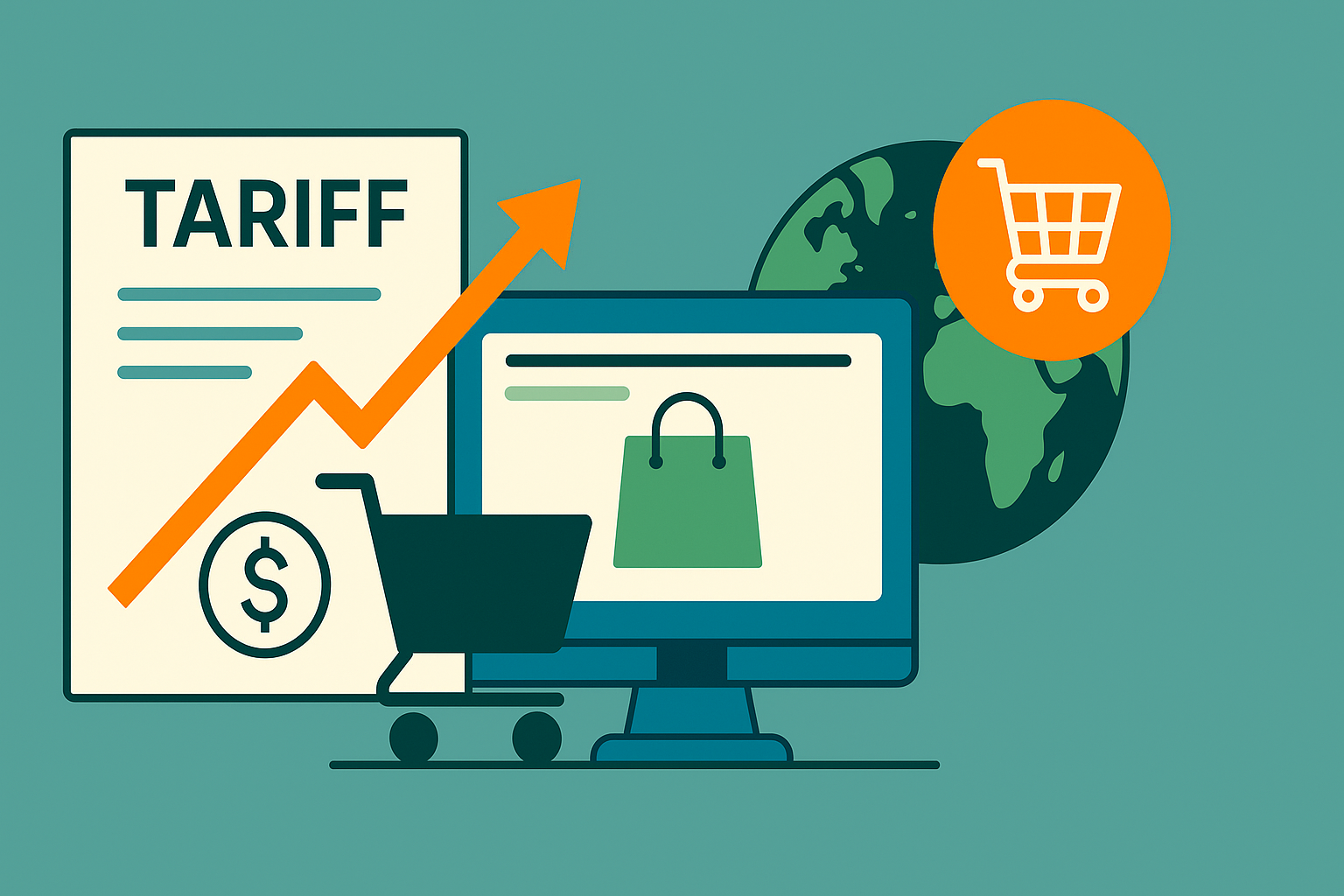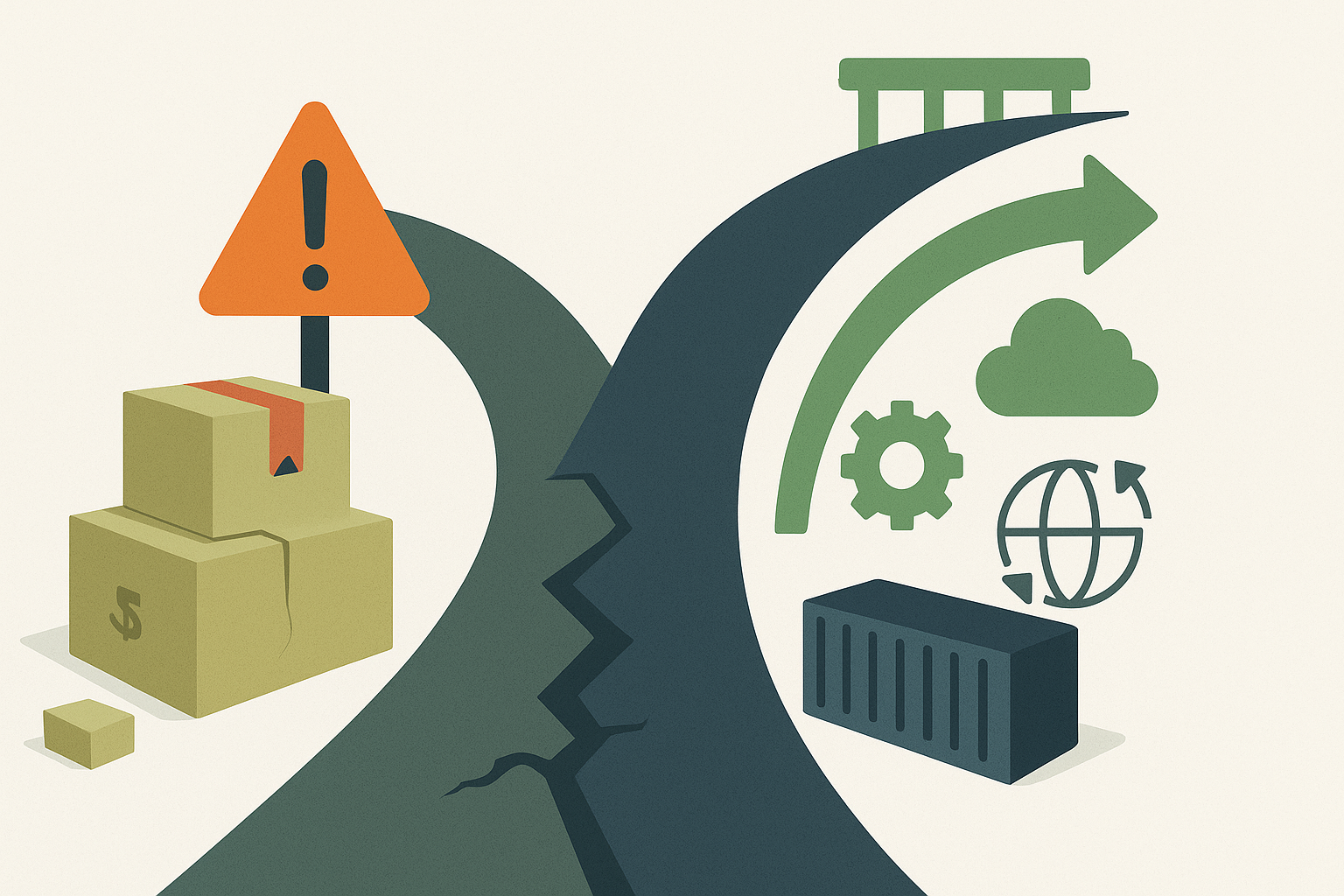Cold Coffee and Hot Messes: Why Your B2B Tech Stack Needs to Start Talking
Me: “Hey Sarah, your coffee is getting cold. Are you joining me anytime soon?”
Sarah: “Hash – chuck the whole thing – my office just called and I’m needed immediately. ON MY DAY OFF!!“
Sarah works as Manager eCommerce for a mid-market natural food ingredient distributor out of Minden, Nevada. Her company is BIG, her passion for the work is intense, all the systems, from the website to the ERP and the CRM, are quite expensive, yet, something extremely important is just not there. Their varying tools and systems don’t talk to one another.
When I ventured into the tech space, I was very much afraid of it. The word for how I felt is “Agnostophobia” – Fear of the unknown. Not a software engineer, nor super technical, a mere filmmaker from Melbourne with a keen interest and experience in storytelling, training, consultancy and marketing, I was not super pumped about that decision.
I just understood that learning tech was the need of the hour for whichever pursuit of life I wish to tread on. Tech was boring, systems and websites didn’t excite me at all, and then, I started working in the industry. Lo and behold, How wrong was I?
In any industry or vertical, communication is paramount. It is no different in tech, rather, it is a lot more in-depth and detailed as compared to other industries. Here, communication between people is important, but systems talking to each other, seamless integration is something that can ease your life like no other.
This isn’t the story of Sarah – it is the story of every b2b company and their relevant employees that have a functional buyer portal, an ERP in place, a Sales and a Marketing CRM, a Warehouse management system or something else. Lack of communication OR integration WILL ensure that your company suffers tremendously and your employees bear the brunt.
Remember that weekend you spent manually reconciling inventory? Never again.
Let’s be honest – most B2B companies didn’t set out to create data silos. They evolved organically as businesses added new sales channels and systems over time.
I’ve watched dozens of companies try to manage multiple platforms manually:
- Sales reps checking three different screens before confirming to a customer they have stock
- Accounting teams spending days reconciling orders across systems
- Marketing unable to create personalized experiences because customer data is fragmented
One manufacturing client calculated they were losing $30,000 monthly through inventory discrepancies and missed sales opportunities before they integrated their systems. The ROI on fixing this problem can be tremendous.
When we talk about connecting your marketplaces to your operational systems, there are three main approaches:
- Point-to-point custom integrations: Direct connections between specific systems
- Middleware platforms: Using specialized software to connect multiple systems
- API-driven architectures: Leveraging native APIs to create flexible connections
The right approach depends on your business complexity, budget, and technical resources. But whatever you choose, the goal remains the same: creating a single source of truth for your business data.
If you’re looking to unify your B2B tech stack, here’s where to begin:
- Document your current process flows – Understanding what you’re doing now is critical before attempting to automate it
- Audit your actual pain points – Where are you losing money or customers due to disconnected systems?
- Prioritize based on business impact – Integration projects can be broken into phases based on ROI
- Consider starting small – Even connecting just inventory across systems can deliver significant benefits
Remember, this isn’t just a technical project – it’s a business transformation initiative. The companies that thrive in the B2B marketplace ecosystem will be those that view their tech stack as a competitive advantage, not just operational infrastructure.
Whether you’re selling specialized equipment or commodity products, the principles remain the same: unified data leads to better decisions, happier customers, and ultimately, stronger growth.
Also, let’s find time for yourself and sip your coffees while they’re hot – Get your systems seamlessly integrated!
Contributors
-

Hasham Usmani
writer
Channel Partnerships Manager


